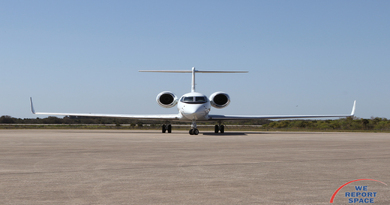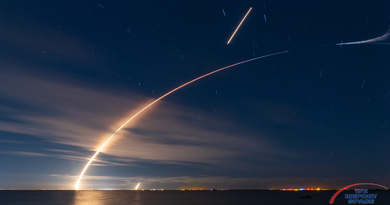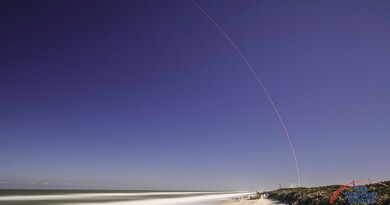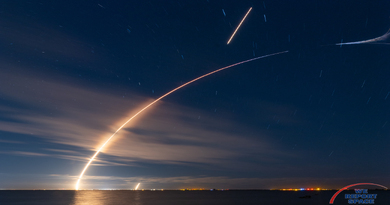What to Expect During Sunday's Starliner Landing at White Sands Missile Range
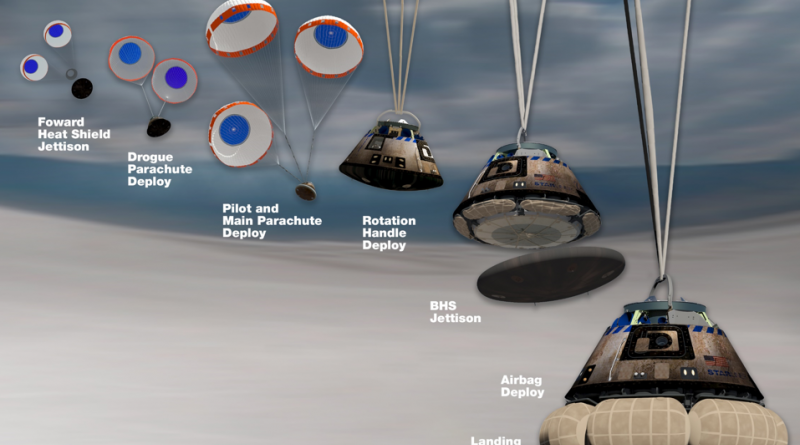
KENNEDY SPACE CENTER: The Boeing Starliner spacecraft failed to reach the 240-mile altitude of the International Space Station but is lined up on an orbit to allow the recovery of the reusable capsule in a Sunday landing at White Sands Missile Range in New Mexico.
The current Boeing Commercial Crew Contract calls for 2 test flights and 6 operational flights. Boeing has built two Starliner capsules to meet this demand. Each is expected to fly 10 times, so recovering the Starliner that is currently on orbit is critical to the future of the Boeing Commercial Crew program.
"The spacecraft's current orbit has an apogee of 134 miles and a perigee of 115 miles. The problem with the mission elapsed time clock has been reset and the faulty timer should not be an issue anymore," according to Steve Stich, Deputy Manager of NASA Commerical Crew Program.
Five Landing Sites Available
Boeing has five landing sites:
- Two on the White Sands Missile Range in New Mexico
- One on the Dugway Proving Ground in Utah
- One on the Wilcox Playa in Arizona
- One on Edwards Air Force Base in California
Boeing's Josh Barrett: "If you remember, the Space Shuttle had about 20 miles of crossrange. This means that on a given path, it could bank 20 miles either way. The Starliner capsule can create some aerodynamic lift, but we only have about two miles of crossrange." The image below shows the groundtracks where Starliner can reach one of the five landing sites. "With all five landing sites open, there are about 330 days of available landing sites.
We consider landing on land to be safer, as you don't have to worry about sea states. But it makes mission planning a little tougher as you don't have to worry about when you can launch, but also when you can land."
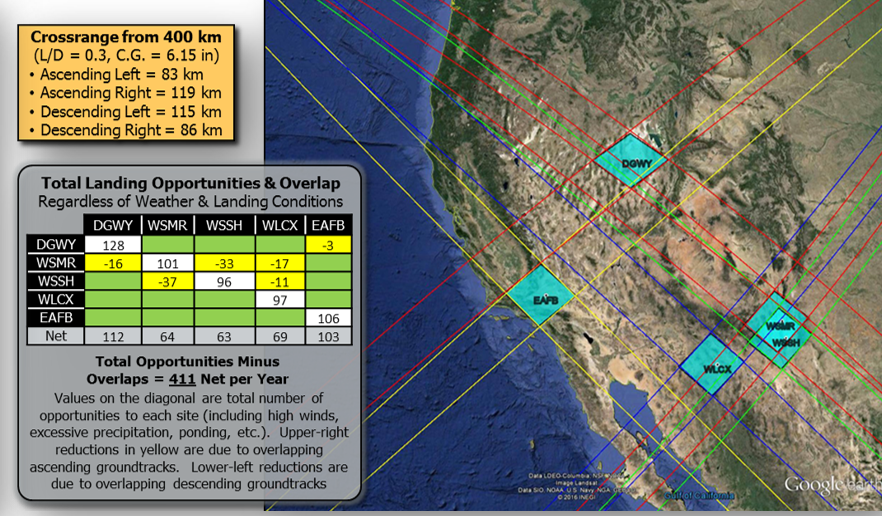
Timeline for Re-Entry and Landing
After Starliner undocks, there is a 1:02:43 process until the Starliner exits the ISS approach Ellipsoid. When Starliner is in the right position over the Pacific Ocean, the Service Module conducts the deorbit burn, slowing down Starliner from orbital speeds. After the deorbit burn, the Service Module detaches and falls into the Pacific Ocean. The crew module begins its descent through the atmosphere, facing reentry heating of 3,000 degrees Fahrenheit.
The parachute sequence begins around 30,000 feet above the ground, when Starliner jettisons the forward heat shield that protects the parachutes during re-entry. Two drogue parachutes begin slowing Starliner down, then detach.
The three main parachutes are then deployed and inflated. Most of the time on landing will be spent under those main canopies. A rotation handle deploys. Barrett: "It looks like a bucket handle. The capsule will swing under it. It allows the airbags to always hit flat on the ground no matter what the parachutes are swinging around and doing." At about 3,000 feet off the ground, the base heatshield is jettisoned and the airbags inflate. Barrett: "The airbags have an outer layer and an inner layer. The outer shell will actually pop and vent, like a crumple zone on your car. The inner layer will take the rest of the force." On touchdown, those airbags absorb the initial forces of landing, cushioning the crew for a soft, safe return to Earth.
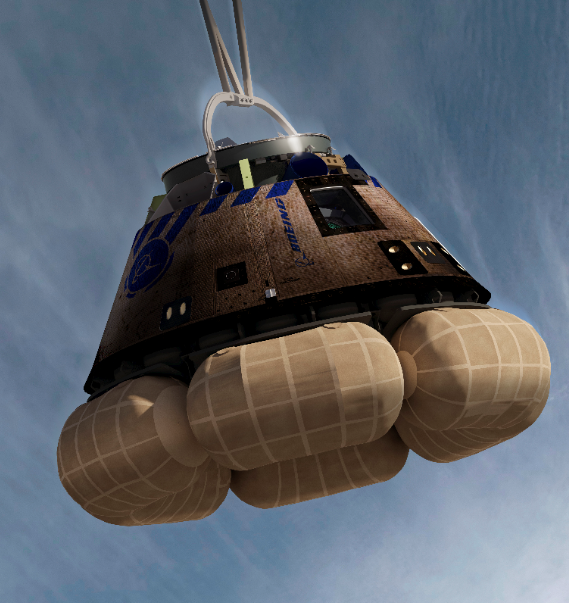
Recovery Operations After Landing
Louis Atchinson is Boeing's Recovery Operations Lead for the Boeing CST-100 Starliner. He explains the challenges of recovering the Starliner: "This is the first reusable human-rated capsule to land on land. Our team will stay approximately 2.5 miles from the intended center point of landing. Upon vehicle landing, my team will go across the desert, which has challenges such as rough terain, wildlife, extreme temperatures. We will approach the vehicle and make sure that it is safe for people to go near the vehicle. There are propulsion systems on the crew module and we want to make sure we are in a good configuration to approach.
"We will then bring around support equipment - basically a spaceflight version of a jetway. For the flight test, obviously we won't have a crew there, but we will be exercising the same pieces of that activity as if a crew were on board. "
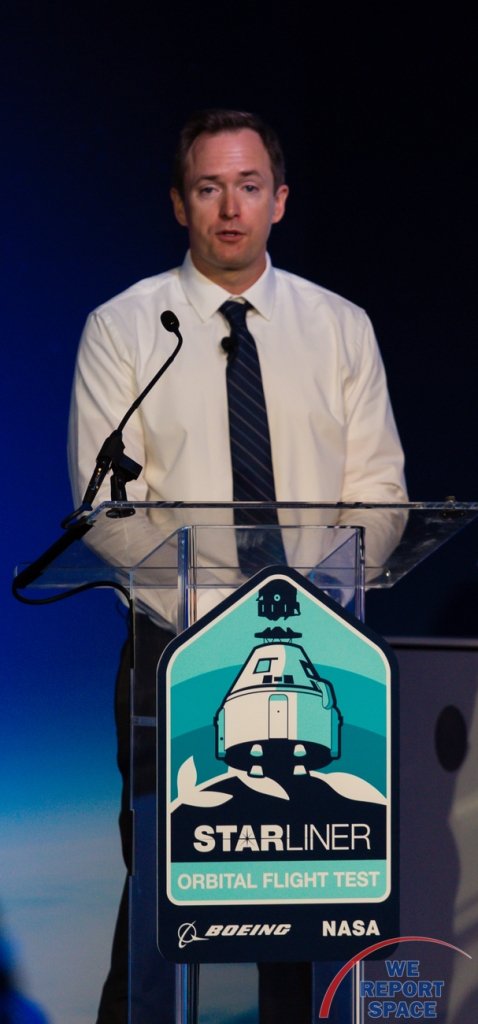

Stunning, full color photo book covering every east coast launch spanning 2014-2015, including the first-ever powered landing of a SpaceX Falcon 9 rocket.
More Info
